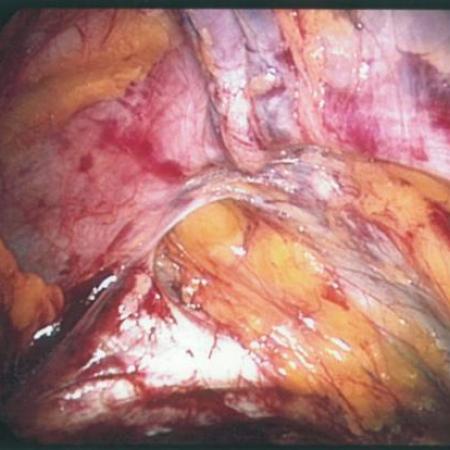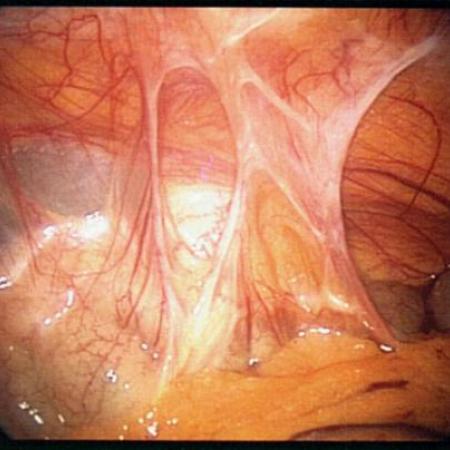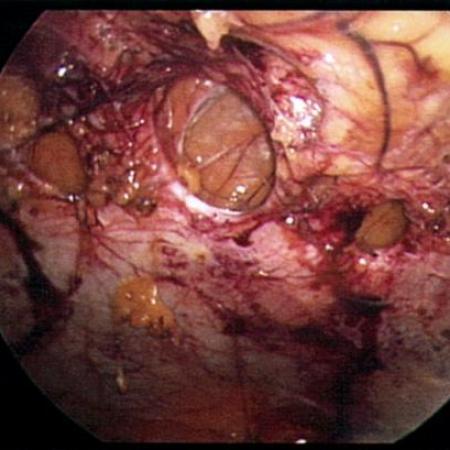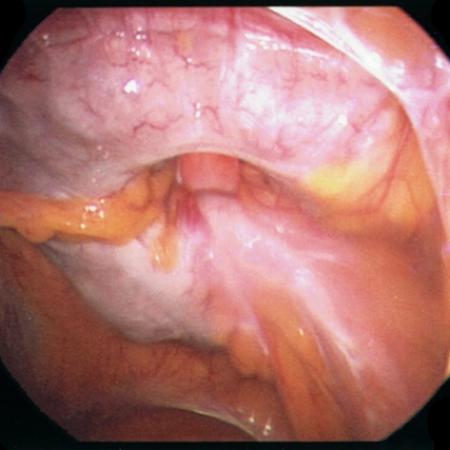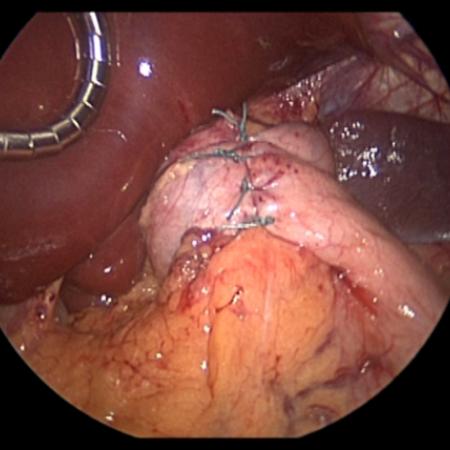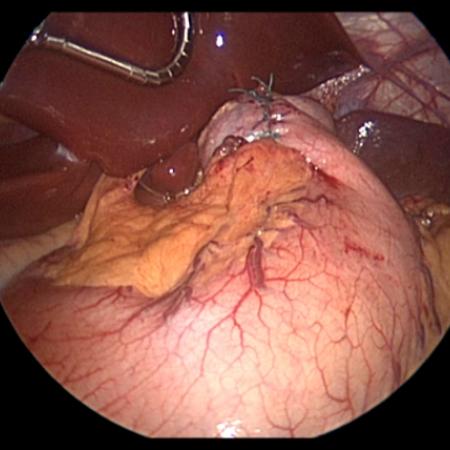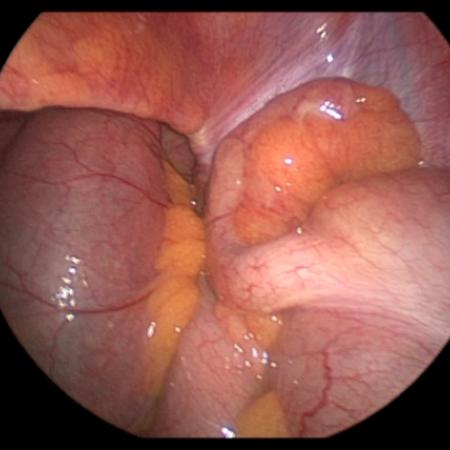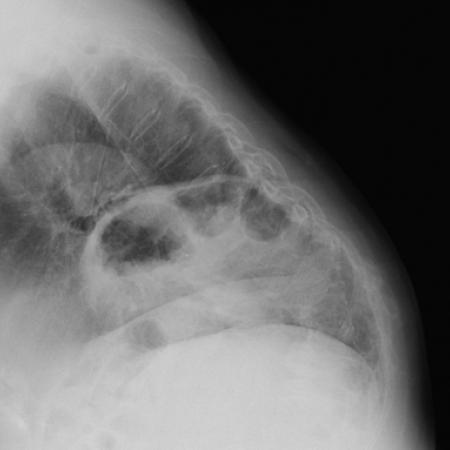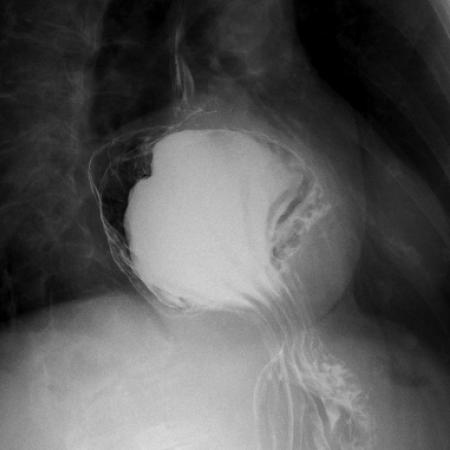The gallbladder concentrates and stores bile as a pear-shaped sac which it can release to help digestion after a fatty meal.
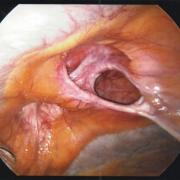
Laparoscopic tools have opened up opportunities for doctors to take a look inside without a largely invasive procedure. Using these methods, chances of infection are reduces, healing can occur more quickly and the body undergoes less stress. The surgical instruments are introduced into the body through small incisions, along with the camera which is connected to a monitor. The camera allows for a whole different view of the surgical field without opening a large surface on the body.
The magnified view of the surgical field makes finding small bleeders and anomalies easier. It also opens up the possibility of recording video from the camera or capturing still photos which are also helpful to medical students who are getting introduced into the world of surgery. Many interesting shots have been collected from interesting encounters with a variety of cases.



